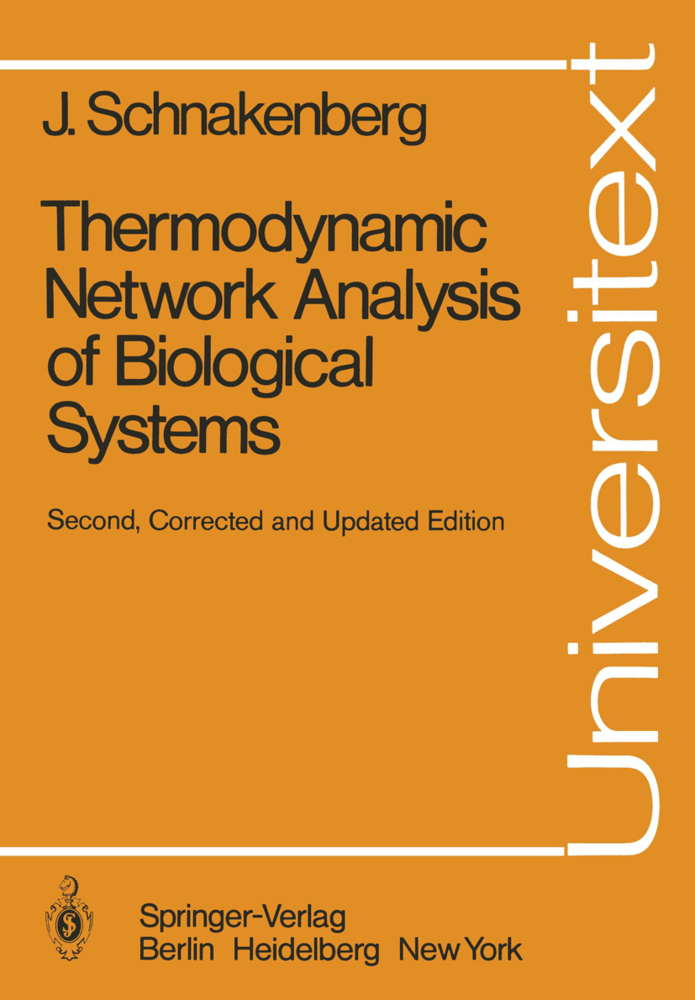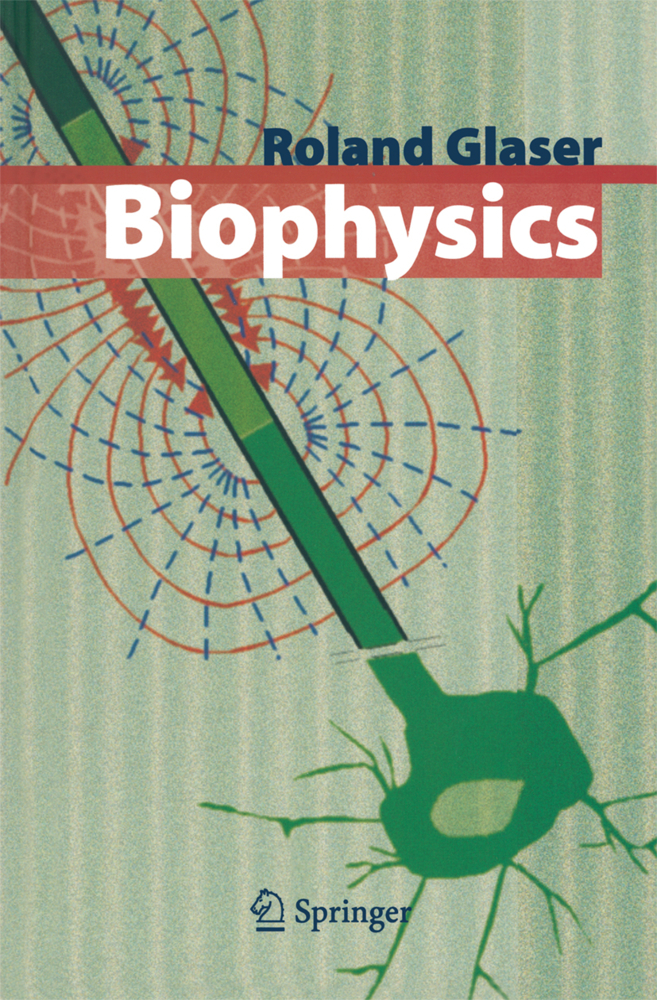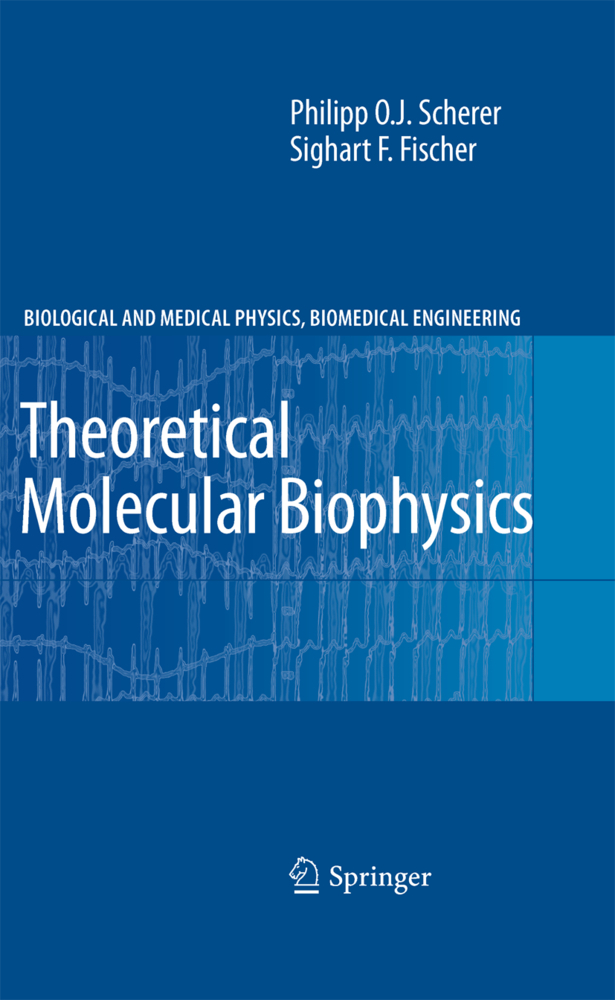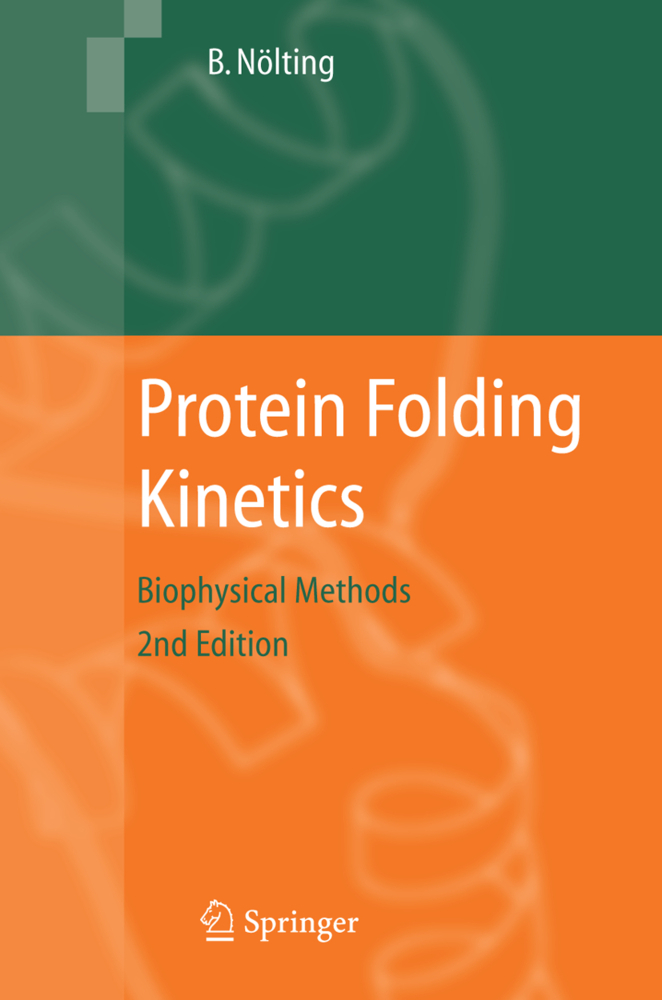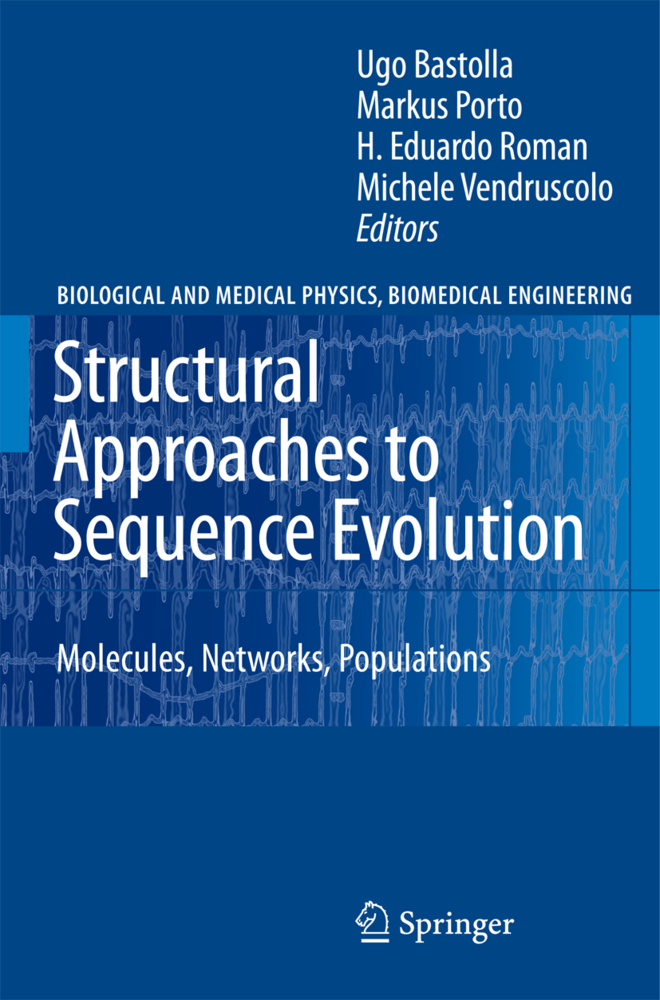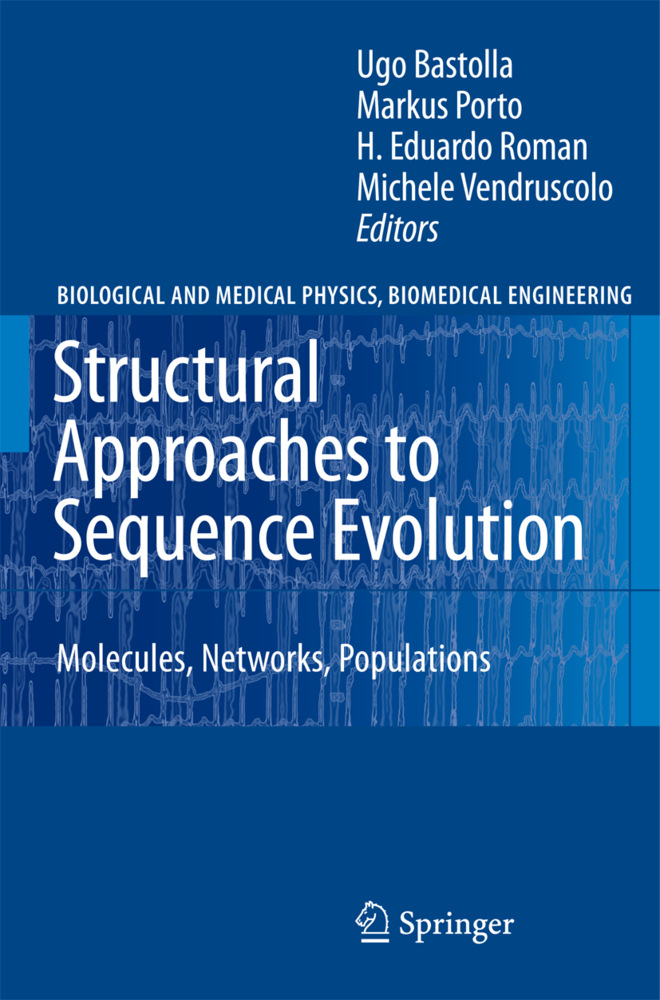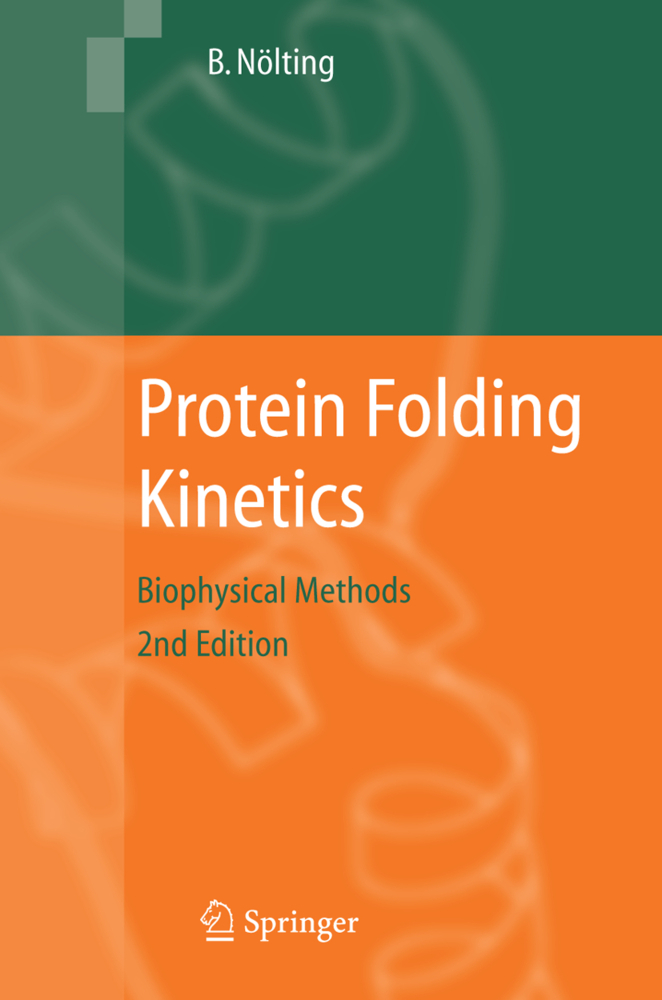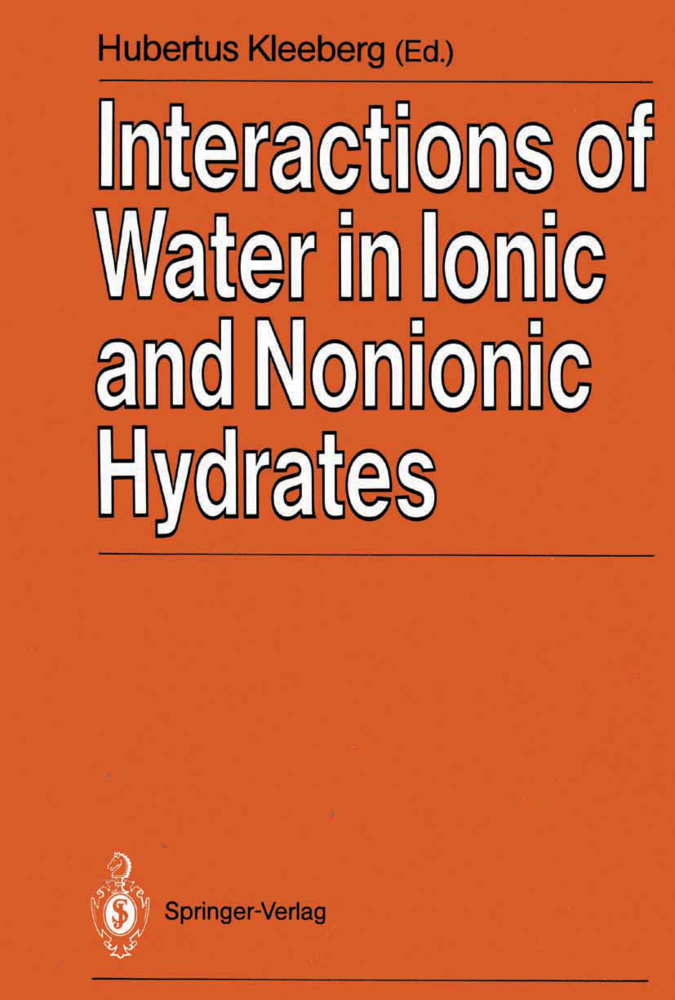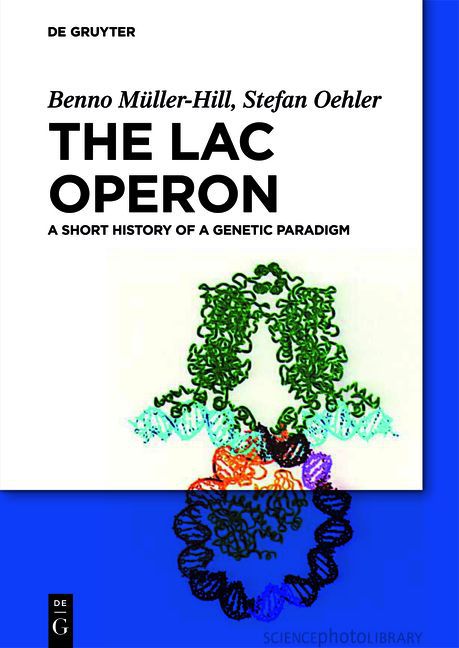Thermodynamic Network Analysis of Biological Systems
Thermodynamic Network Analysis of Biological Systems
The first edition of this book was greeted with broad interest from readers en gaged in various disciplines of biophysics. I received many stimulating and en couraging responses, however, some of the book's reviewers wanted to stress the fact that an extensive literature of network theory was not included or reported in the book. But the main aspect of the book is intended to be substantive rather than methodical: networks simply serve as a remedy for doing some first steps in analysing and modelling complex biological systems. For an advanced stage in the investigation of a particular system it may be appropriate to replace the pheno menological network method by more detailed techniques like statistical equations or computer simulations. According to this intention, the second edition of the book has been enlarged by further biological examples for network analysis, not by more network theory. There is a completely new section on a network model for photoreception. For this section I am obliged to J. Tiedge who did most of the detailed calculation and to my colleague Professor Stieve with whom we have had a very fruitful cooperation. Also I would like to mention that this work has been sponsored by the "Deutsche Forschungsgemei nschaft" i n the "Sonderforschungsberei ch 160". Recent results for excitable systems represented by feedback networks have also been included in the second edition, especially for limit cycle networks.
2.1 The Purpose and Nature of Models
2.2 Enzyme-Catalyzed Reactions and the Michaelis-Menten Kinetics
2.3 Transport Across Membranes: A Black-Box Approach
2.4 Excitation of the Nervous Membrane: Hodgkin-Huxley Equations
2.5 A Cooperative Model for Nerve Excitation
2.6 The Volterra-Lotka Model
2.7 A Model for the Control of Metabolic Reaction Chains
3. Thermodynamics
3.1 Thermodynamics Systems
3.2 The First Law of Thermodynamics
3.3 The Second Law of Thermodynamics
3.4 Temperature and Transfer of Heat
3.5 Chemical Potential and the Transfer of Matter
3.6 Chemical Reactions
3.7 Some Basic Relations of Equilibrium Thermodynamics
3.8 Perfect Gases and Ideal Mixtures
3.9 Linear Irreversible Thermodynamics
4. Networks
4.1 Network Language and Its Processes
4.2 Storage Elements: Generalized Capacitances
4.3 Kirchhoff's Current Law and the 0-Junction
4.4 Unimolecular Reactions
4.5 Higher-Order Reactions, Kirchhoff's Voltage Law and the 1-Junction
4.6 Diffusion
5. Networks for Transport Across Membranes
5.1 Pore Models
5.2 Pore Blocking
5.3 Self-Blocking of Pores
5.4 Carrier Models
5.5 Active Transport
5.6 Hodgkin-Huxley Equations and the Coupling of Material and Electric Flux
5.7 Nernst-Planck Equations
5.8 The Photoreceptor Potential
6. Feedback Networks
6.1 Autocatalytic Feedback Loops
6.2 An Autocatalytic Excitation Model
6.3 Networks of A1-Elements
6.4 Limit Cycle Networks
7. Stability
7.1 Capacitances as Thermodynamic Equilibrium Systems
7.2 Stability of the Equilibrium State
7.3 Tellegen's Theorem and Liapunov Stability of the Equilibrium
7.4 Glansdorff-Prigogine Criterion for the Stability of Nonequilibrium Steady States
7.5 Uniqueness of SteadyStates
7.6 Globally and Asymptotically Stable Networks
7.7 Global Stability Techniques
References.
1. Introduction
2. Models2.1 The Purpose and Nature of Models
2.2 Enzyme-Catalyzed Reactions and the Michaelis-Menten Kinetics
2.3 Transport Across Membranes: A Black-Box Approach
2.4 Excitation of the Nervous Membrane: Hodgkin-Huxley Equations
2.5 A Cooperative Model for Nerve Excitation
2.6 The Volterra-Lotka Model
2.7 A Model for the Control of Metabolic Reaction Chains
3. Thermodynamics
3.1 Thermodynamics Systems
3.2 The First Law of Thermodynamics
3.3 The Second Law of Thermodynamics
3.4 Temperature and Transfer of Heat
3.5 Chemical Potential and the Transfer of Matter
3.6 Chemical Reactions
3.7 Some Basic Relations of Equilibrium Thermodynamics
3.8 Perfect Gases and Ideal Mixtures
3.9 Linear Irreversible Thermodynamics
4. Networks
4.1 Network Language and Its Processes
4.2 Storage Elements: Generalized Capacitances
4.3 Kirchhoff's Current Law and the 0-Junction
4.4 Unimolecular Reactions
4.5 Higher-Order Reactions, Kirchhoff's Voltage Law and the 1-Junction
4.6 Diffusion
5. Networks for Transport Across Membranes
5.1 Pore Models
5.2 Pore Blocking
5.3 Self-Blocking of Pores
5.4 Carrier Models
5.5 Active Transport
5.6 Hodgkin-Huxley Equations and the Coupling of Material and Electric Flux
5.7 Nernst-Planck Equations
5.8 The Photoreceptor Potential
6. Feedback Networks
6.1 Autocatalytic Feedback Loops
6.2 An Autocatalytic Excitation Model
6.3 Networks of A1-Elements
6.4 Limit Cycle Networks
7. Stability
7.1 Capacitances as Thermodynamic Equilibrium Systems
7.2 Stability of the Equilibrium State
7.3 Tellegen's Theorem and Liapunov Stability of the Equilibrium
7.4 Glansdorff-Prigogine Criterion for the Stability of Nonequilibrium Steady States
7.5 Uniqueness of SteadyStates
7.6 Globally and Asymptotically Stable Networks
7.7 Global Stability Techniques
References.
Schnakenberg, J.
| ISBN | 978-3-540-10612-8 |
|---|---|
| Artikelnummer | 9783540106128 |
| Medientyp | Buch |
| Auflage | 2. Aufl. |
| Copyrightjahr | 1981 |
| Verlag | Springer, Berlin |
| Umfang | X, 150 Seiten |
| Abbildungen | X, 150 p. |
| Sprache | Englisch |

